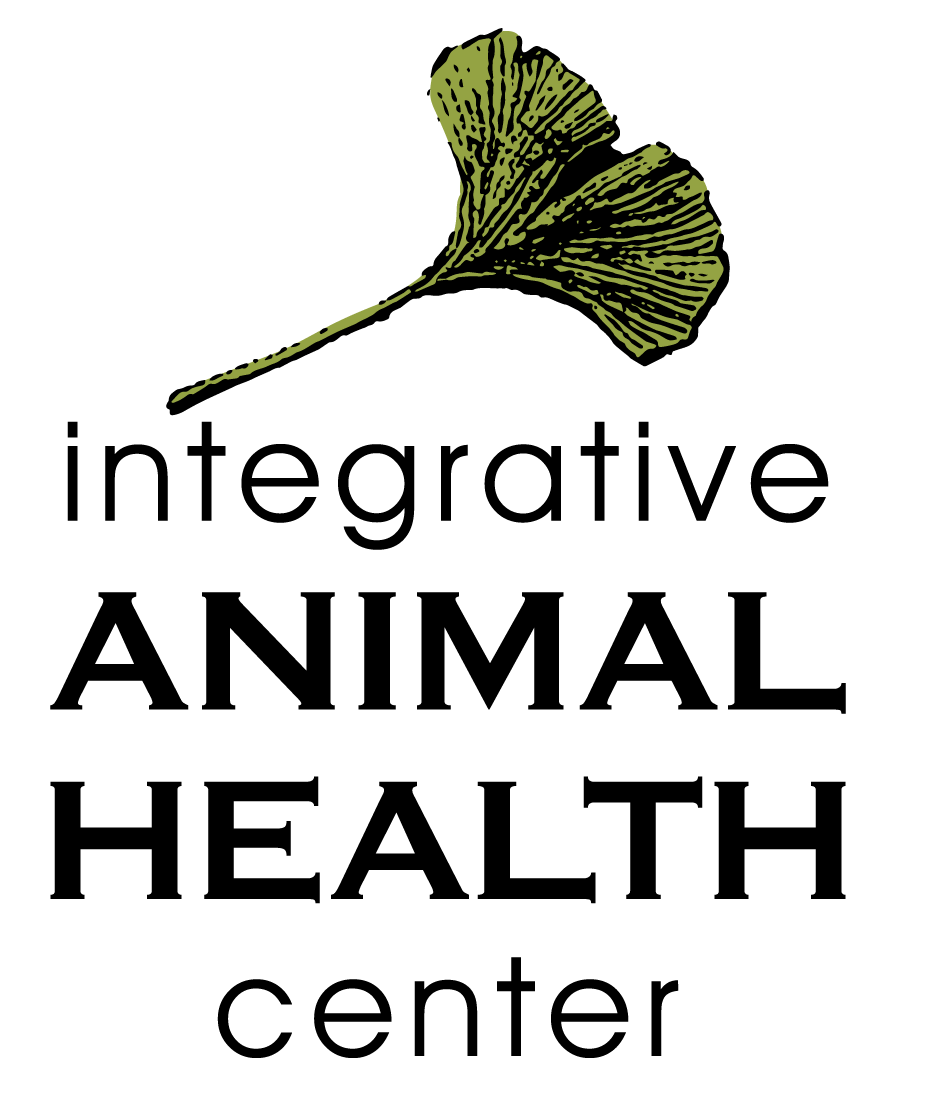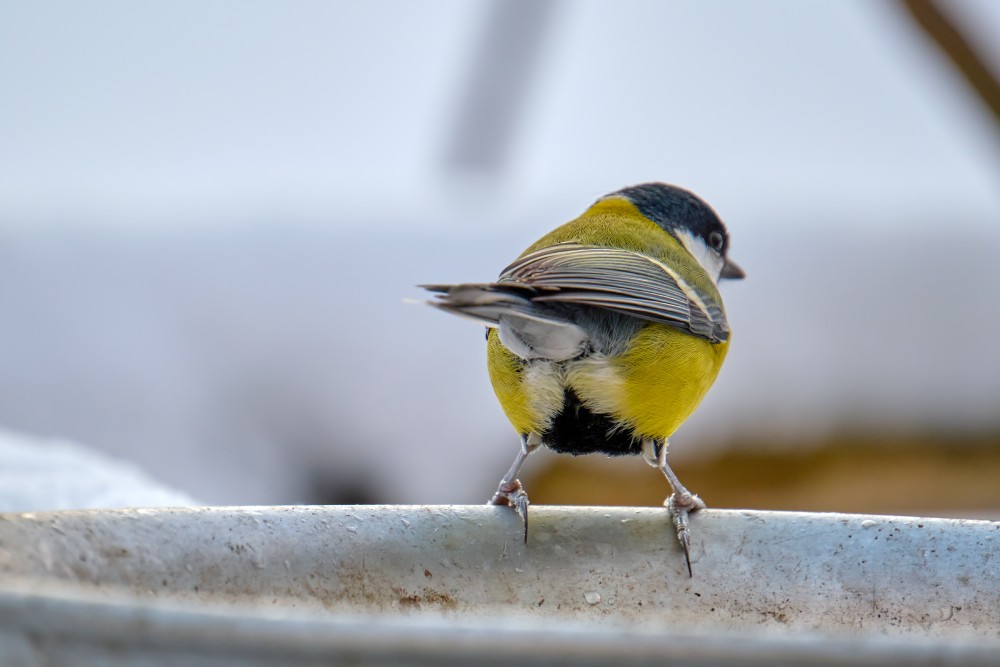Welcome to Integrative Animal Health Center
At Integrative Animal Health Center in Bolton, MA, we offer a wide range of traditional and alternative veterinary services, including routine wellness exams, dentistry, acupuncture, chiropractic, physical rehabilitation, low-level laser, homeopathy, and Chinese herbs. Our experienced team of veterinarians is dedicated to providing your pet with the best possible care.

We are Certified™ by Great Place to Work®! We put our people first. #GPTWcertified
About Integrative Animal Health Center
Integrative Animal Health Center is located in a beautiful, serene setting and offers veterinary services for your pet. Our vets are highly qualified and have extensive experience providing the best care possible to small animals, cats, dogs, avians, reptiles, and small mammals.
We Love Our Clients & Patients!
Complete Veterinary Care in Bolton, MA
Integrative Animal Health Center’s state-of-the-art facility offers a wide range of veterinary services to help support your pet’s health and well-being, from general wellness care to alternative therapy needs, routine vaccinations, and lab testing, acupuncture, chiropractic, physical rehab or care for your avian, reptiles, and small mammals. We can work with you to create a customized treatment plan that fits your pet’s specific needs.
Consults
One-hour consults can be scheduled for acupuncture, chiropractic, physical rehabilitation, and more. We will perform a complete physical exam and health evaluation, including an assessment of diet, household interactions, and specific ailments such as arthritis, cancer, allergies, and more.
Pet Preventative Care
We take the assessment of the patient beyond the exam room. IAHC considers home life an important part of health. In addition to appropriate vaccinations, IAHC may recommend supplements, herbal formulas, and diet changes to enhance their lifestyle.
Avian, Reptiles and Small Mammals Care
Non-traditional pets such as birds, small mammals, reptiles, and amphibians need veterinary care, too! IAHC provides routine wellness care, testing, treatment, and treatment for sick animals.
Meet Our Veterinary Team
At Integrative Animal Health Center, our veterinary team of experienced professionals understands the unique needs of your pet. Our veterinarians and technicians are dedicated to providing exceptional care that meets all your pet’s healthcare needs. We offer a comprehensive range of veterinary services to keep your pet healthy and happy throughout its lifetime.


